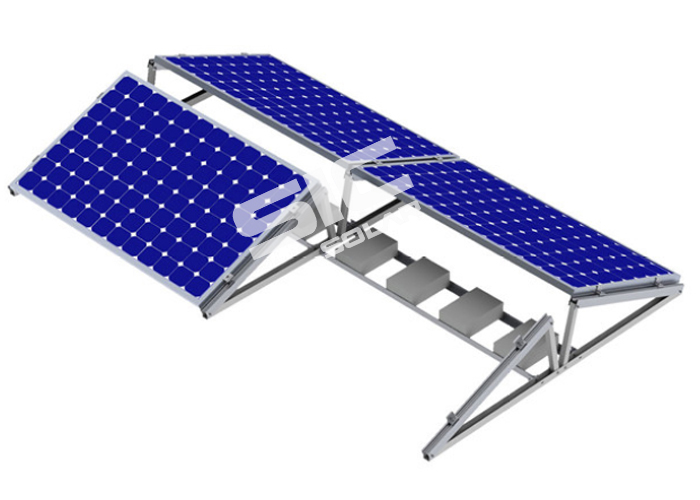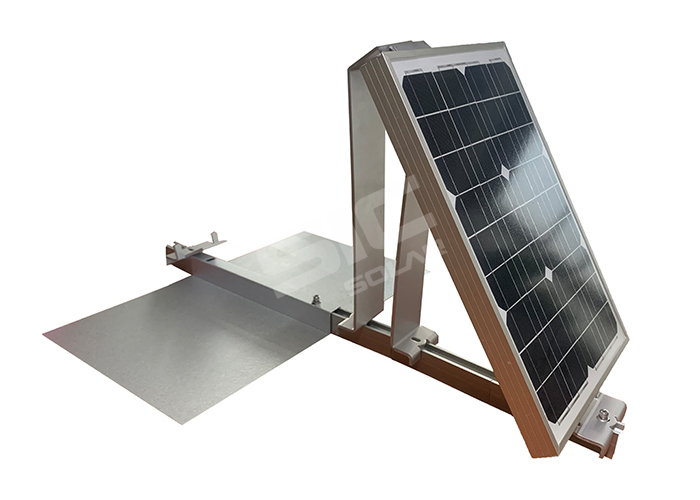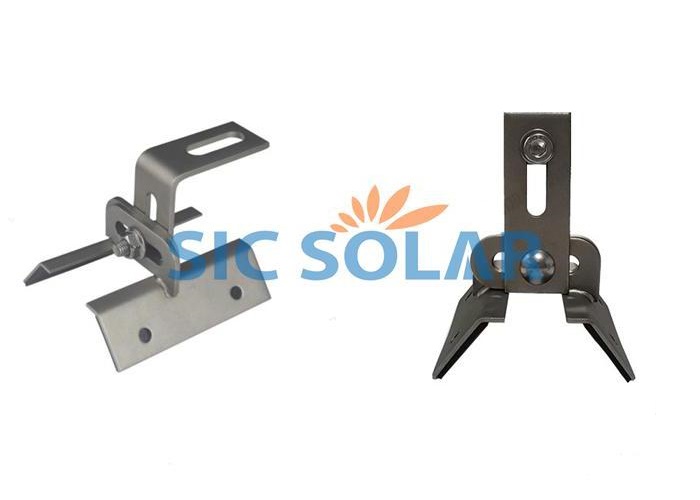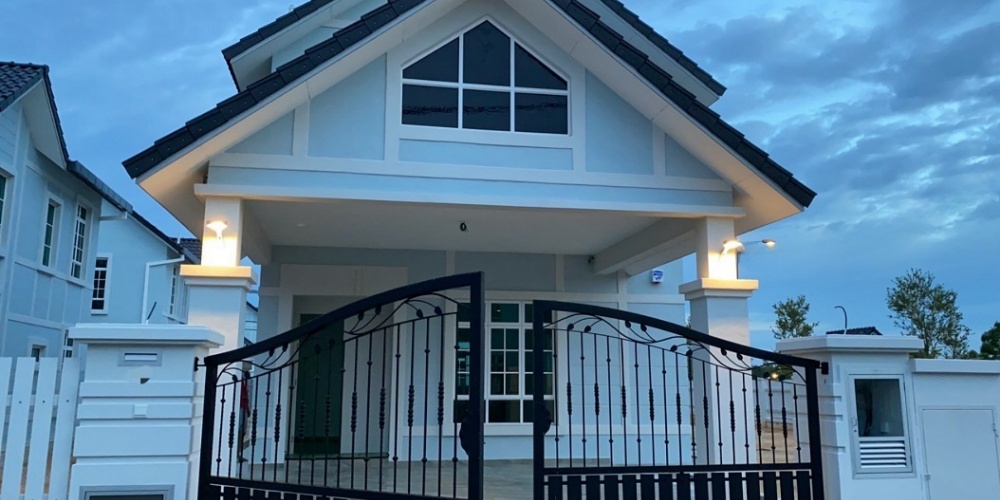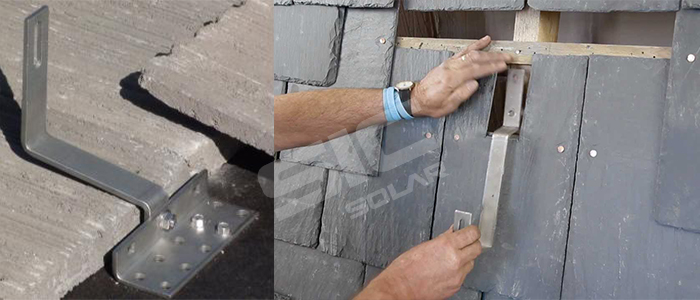Why Choose SIC Solar Roof Mounting System?
Introduction:
When it comes to harnessing the power of solar energy, the choice of a reliable and efficient solar roof mounting system is crucial. In this blog post, we will explore the reasons why SIC solar roof mounting system stands out as an excellent choice for residential and commercial applications. From its innovative design to its eco-friendly features, SIC offers a compelling solution that maximizes energy production, durability, and ease of installation.

Cutting-Edge Design:
SIC solar roof mounting system boasts a cutting-edge design that ensures optimal performance and durability. The system is engineered using high-quality materials such as aluminum and stainless steel, providing excellent corrosion resistance and stability. The streamlined design minimizes the risk of wind uplift and enhances the overall aesthetics of the building.
Versatility and Compatibility:
One of the key advantages of SIC mounting system is its versatility and compatibility with various roof types. Whether you have a sloped, flat, or even a curved roof, SIC Solar offers a range of customizable options to suit your specific needs. The system can be easily integrated into both residential and commercial structures, making it a versatile solution for various applications.
Enhanced Energy Generation:
SIC mounting system is designed to maximize energy generation by optimizing the solar panel's angle and position. The adjustable tilt angles allow for the optimal inclination of solar panels based on the geographical location, ensuring maximum exposure to sunlight throughout the day. With this system, you can maximize your energy production and significantly reduce your reliance on traditional energy sources.
Durability and Longevity:
The use of high-quality materials combined with meticulous engineering ensures the system's durability and longevity, even in harsh weather conditions. This means you can enjoy the benefits of renewable energy for years to come without having to worry about frequent maintenance or replacements.
Easy Installation and Maintenance:
SIC mounting system is designed with ease of installation in mind. The components are modular and pre-assembled, reducing installation time and costs. Additionally, the system requires minimal maintenance, thanks to its durable materials and corrosion-resistant features. This allows you to focus on enjoying the benefits of solar energy rather than spending time and resources on system upkeep.
Conclusion:
Choosing the right solar roof mounting system is essential for maximizing the efficiency and longevity of your solar energy system. When it comes to reliability, sustainability, and performance, SIC Solar's solar roof mounting system has proven to be a top choice. With its innovative design, versatility, enhanced energy generation potential, and long-lasting durability, SIC Solar offers a compelling solution for residential and commercial customers seeking a reliable and efficient solar mounting system. Invest in SIC solar roof mounting system and join the renewable energy revolution today!


